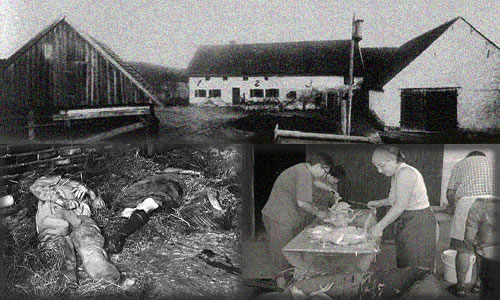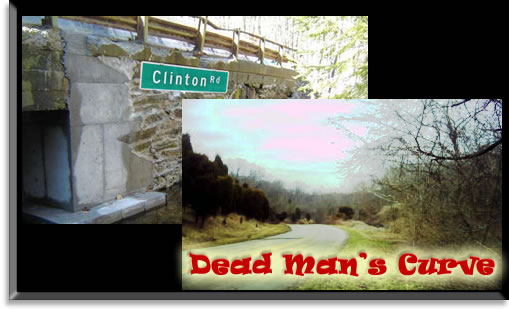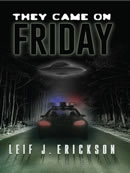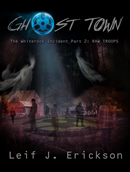Hinterkaifeck, Murder, Mystery
Hinterkaifeck
Hinterkaifeck
The small town has always been viewed as a place of peace and quiet. Small towns are supposed to harken back to an older time, when people didn’t need to lock their doors and children were able to run free without supervision and their only concern was being home by suppertime. The small town is supposed to be a place free from all the crimes and drama that people experience in the big city. But that isn’t always the case. Sometimes, small towns and farming communities can play host to some of the strangest unsolved mysteries.
At a small farmstead situated between the Bavarian towns of Ingolstadt and Schrobenhausen, approximately 70 KM north of Munich, Hinterkaifeck was the host of a strange and bizarre murder that is still baffling researchers today. On the evening of Friday, March 31, 1922, the six inhabitants of the farm were brutally murdered with a mattock. The mystery is still unsolved to this day.
Farmer Andreas Gruber (63) and his wife Cazilia (72) were with their widowed daughter Viktoria Gabriel (35) and her two children, Cazilia (7) and Josef (2) and the farm maid Maria Baumgartner (44). The group had just started to settle in for the evening when the strange events began to occur. Maria was new to the farm however, having only just arrived that day as a replacement for the previous maid. The previous maid had left Hinterkaifeck claiming that she thought the farm was haunted by a demon.
Prior to the 31st, Andreas reported to a neighbor that he had discovered something most unusual; his farm was next to a forest and Andreas had discovered footprints in the snow coming from trees leading to the farm but no foot prints were discovered leading back. An unfamiliar newspaper was found on the farm and Andreas and his family reported hearing what sounded to be like footsteps in the attic. Strangely, no one investigated the attic or reported any of this to the local police.
On the following Tuesday, April 4th, friends and neighbors went to the farm to see if anything was wrong. The postman noticed that the post from the previous days were still where he left them. Young Cazilia hadn’t been to school and no one could remember seeing Andreas or his wife over the weekend. The community was worried as it was out of character for the family to not be seen. The sight that was discovered at Hinterkaifeck was horrifying to all who witnessed it.
What exactly happened that Friday night cannot be said, but somehow, someone lured Andreas, his wife, their daughter Viktoria, and her daughter Cazilia to the barn, one by one, and killed them. The killers then went into the house where they killed two-year-old Josef, who was sleeping on a cot in his mother’s bedroom, as well as the maid in her bedchamber.
If the horrors of six people being murdered weren’t enough to shock the community, the fact that the killer or killers stayed in the house for a few days after the murders was. The cattle had been fed over the weekend and neighbors had reported seeing smoke coming from the chimney. The killer had lived in the house, doing all the normal chores that farmers had to take care of, while there were six bodies on the farm site.
The first theory behind the murders was a robbery. This theory was almost immediately rejected when a large sum of money was found in the house. Anyone staying there for a robbery would have easily found the money and taken it. There were no reports of vagrants or drifters in the area at the time, and no one in the surrounding community had seen travel salesmen or people whom they didn’t know. It seemed that this wasn’t a random killing.
The day after the discovery, April 5th, court physician Dr. Johann Baptist Aumuller performed autopsies in the barn. It was established that a pickaxe was the most likely murder weapon. The corpses were beheaded and the skulls sent to Munich, where clairvoyants examined them without results. The autopsy also showed that the younger Cazilia had been alive for several hours after the assault. Alone in the barn, next to the murdered bodies of her mother and grandparents, the young girl had torn out tuffs of her hair as she slowly died.
The six victims were buried in Waidhofen where there is a memorial in the graveyard. The skulls were never returned from Munich, being lost in the chaos of WWII. Close to where the farm was located is a shrine, remembering the six victims of Hinterkaifeck.
As the investigation got underway, hundreds of people were questioned but no clear motive or killer could be identified. Although the body of Karl Gabriel, Viktoria’s husband had never been found, many of his solider friends reported seeing him die in the trenches of France in 1914. Police believe the reports that Karl was indeed dead. Obviously the former maid was questioned multiple times however her story never changed and she had a solid alibi and witnesses to her whereabouts over the weekend in question.
There may have been other motives at work in this crime. There was speculation that Lorenz Schlittenbaur, Viktoria’s suitor and Josef’s legal father had wanted to marry Viktoria but she had turned him down and was suing for alimony. Could Lorenz have committed the crime, then remain at the farmhouse to intercept any mail that would be coming from attorney’s that discussed the lawsuit? This could have been a way to clear himself from the entire situation.
Another theory that had been discussed is that Andreas and Viktoria had been in an incestuous relationship and that Josef might have been the product of that relationship. There had been claims about incest between the pair in the past and those claims had started surfacing again. Could Lorenz have discovered that Josef wasn’t his son but yet was still getting sued for alimony?
This was a highly religious time for the area. Another theory that was heavily discussed was that a zealot neighbor could have taken matters into their own hands. A child born out of wedlock or a child born of incest could have provoked someone to ‘cleanse’ the family of their sins. They took care of the cattle since cattle were important to the people at the time and the livestock would be inherited by someone. It is interesting to note that much of the details of the case were never reported by Andreas and his family to the police, the footprints, newspaper, and strange footsteps. It was a neighbor who claimed Andreas told him about those things.
The Hinterkaifeck murders has been studied by multiple investigation teams and thousands of armature detectives who all come to the same conclusion; there isn’t enough evidence to convict someone of the crime. Unless someone comes forward or a written confession is found, the Hinterkaifeck murders will forever remain unsolved.
To see how this strange mystery has influenced my writing, please head over to www.leifericksonwriting.com and buy my books today.
“The Hinterkaifeck Mystery.” Strange Unexplained Mysteries RSS. Web. 21 Nov. 2015
Leuschner, Peter (1997): Hinterkaifeck. Translated from German.



























Leave a reply
You must be logged in to post a comment.